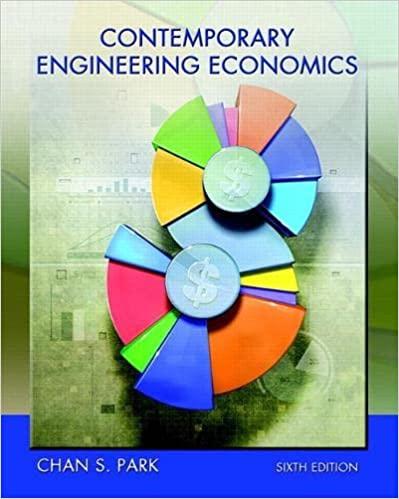Appliance makers are gearing up to push new energy-efficient systems in the wake of an energy bill
Question:
Appliance makers are gearing up to push new energy-efficient systems in the wake of an energy bill that offers tax credits to homeowners who upgrade to electricity-saving appliances. In air conditioning, industry giant Carrier Corporation says it has invested $250 million in developing new heat exchangers—a major component in air-conditioners—that use less energy and are about 20% smaller and 30k lighter than current energy-saving versions. Carners current energy-efficient models are almost double the size of its regular central air-conditioning units. The company speculates that this model’s bulk may have been a deterrent for homeowners. The new air conditioners were expected to hit the market in the first quarter of 2015.
Cooling efficiency is measured by a standard called SEER: Seasonal Energy Efficiency Ratio. It’s similar to the gas mileage system used on cars— the higher the number, the more money you save. Older systems had SEER numbers as low as 8: the new Carrier systems are rated at 18! (Federal standards required a minimum SEER of 13 from January 2006.) Translated into operating costs, this means that for every $100 you used to spend on electricity for cooling, you now can spend just $39.
There are several issues involved in Carrier’s pushing more efficient air-conditioning units. First, the market demand is difficult to estimate. Second. it is even more difficult to predict the useful life of the product, as market competition is ever increasing. Carrier’s gross margin is about 25%, its operating margin is 8.3%. and its net margin is 7.45%. The expected retail price of the DeluxPuron unit is about $4,236. Determine the required sales volume of the new air-conditioning unit to justify the capital investment of $250 million, assuming that Carrier’s required return is 15%.
Step by Step Answer:






